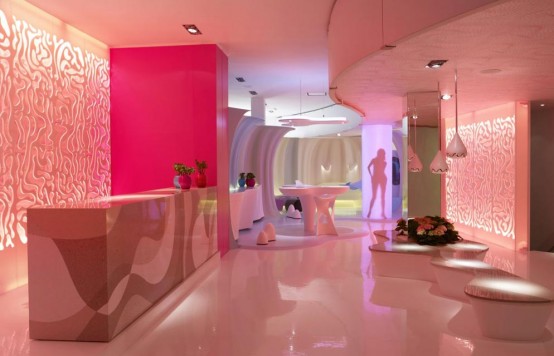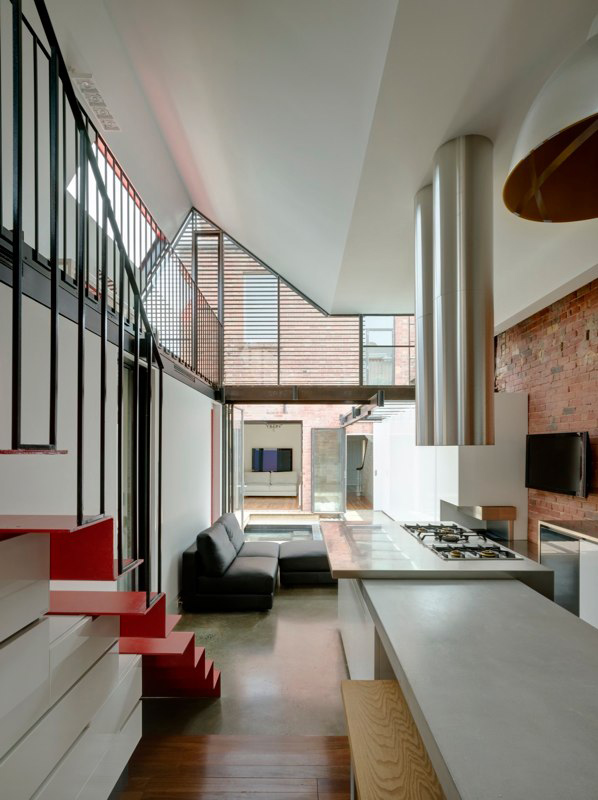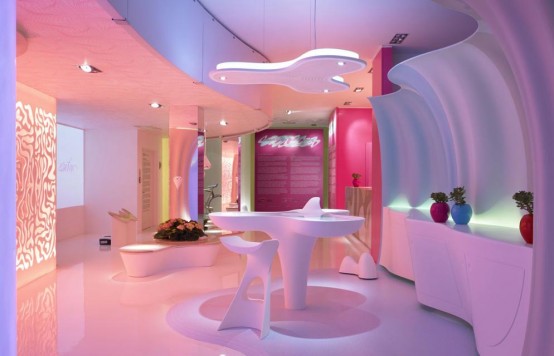Paul's mother, whom he was very close to, was a midwife, a skill that she learned while working as a nurse in the Maternity Ward at the same hospital that her son Paul was born in, Walton General Hospital in Liverpool. His father worked during the day for A. Hannay Co. as a cotton salesman, and then as a jazz musician with Jim Mac's Jazz Band at night.
embarrassing himself and the group. To save face with John, during a break he played him "I've Lost My Little Girl"--his recently-finished first song, which inspired John to also start writing. The other members of the band that night were Hanton on drums, Garry on tea-chest bass and Griffiths on guitar.
At school, Paul was an exceptional student. After breezing through primary school and junior school with flying colours, he passed a test called the 11-plus exam, which got him into a sort of elite type of high school known as the Liverpool Institute. This is where he first met his band mate and friend, George Harrison.
Not long after, the Quarrymen were practicing in Paul McCartney's living room. This shows the support that Jim McCartney had of his son, even though at the time he didn't much care for the fact that Paul was hanging out with the apparently troublesome Lennon.
In 1955, when he was just 14, Paul's mother died tragically from breast cancer, after suffering an embolism, likely due to a post mastectomy operation to stop the spread of her cancer. This incident greatly affected him, and was a large aspect of the bond that he and John Lennon, who also lost his mother at a young age, formed. (his mother was killed on Menlove Avenue by a car driven by a drunken, off-duty police officer).
The Quarrymen went through a progression of names -- Johnny and The Moondogs, Long John and The Beatles, The Silver Beetles (derived from Larry Williams's suggestion "Long John and the Silver Beetles") -- and eventually decided on 17 August 1960 on "The Beatles". There are many theories as to the origin of the name and its unusual spelling; it is usually credited to John Lennon, who said that the name was a combination word-play on the insects "beetles" (as a nod/compliment to Buddy Holly's band, The Crickets) and the word "beat". He also later said that it was a joke, meaning a pun on "Beat-less".
Musically, Paul started out on the trumpet, probably due to the fact that his father would often take him to local brass band concerts to expose him to music. He quickly traded the trumpet for an acoustic guitar however after a style of music called Skiffle became popular.
Through an endless stream of band member changes as well as name changes, eventually George Harrison was brought into the band on guitar, Paul moved from guitar to bass (to replace Stuart Sutcliffe who died of a brain haemorrhage). Not long after, the guy usually known as "the fifth Beatle" Pete Best was asked to leave and in came Ringo Starr... and the rest was history.
Skiffle music was a type of music that combined an influence of both folksy and bluesy styles. It was an interesting music that combined conventional instruments like the acoustic guitar and piano with unique object such as the washboard, the comb, a musical saw, etc. One of the most famous skiffle stars was the late Lonnie Donegan.
Paul found that playing his first acoustic guitar was nearly impossible being a lefty, until he saw a poster of a famous musician of that time (Jimi Hendrix) playing left handed with the strings being strung the opposite way.
Paul McCartney made his debut with the band for a Conservative Club social, at The New Clubmoor Hall on Back Broadway in Norris Green, Liverpool, on Friday, 18 October 1957, when he returned from his summer holidays. The band had been booked by local promoter Charlie McBain and they wore matching outfits with long-sleeved cowboy shirts, black string ties and black trousers. John and Paul wore white sports-coats. Paul played lead guitar but botched a solo,
At 15, Paul met John Lennon, who was actually playing in his own little Skiffle band called the Quarrymen (Named after Quarry Bank Grammar School which they attended). The two were introduced through a mutual friend named Ivan Vaughan.Nigel Whalley, the ex-tea chest bass player who was currently managing the band, got the Quarry Men a booking at Lee Park Golf Club in Liverpool. Alan Sytner, owner of the Cavern club, was a member of the golf club. The band subsequently appeared several times in what were billed as "Skiffle Sessions" and in August 1957, their name was first mentioned in the Cavern's advertisement in the Liverpool Echo, by which time Pete Shotton had left the band. Rod Davis followed a short time later as school commitments prevented him from contributing as fully as he would have liked.
On 6 July 1957 the band played at St. Peter's Church garden fête.In the afternoon they played on a temporary stage in a field behind the church. After the set, Ivan Vaughan, an occasional tea chest bass player with the band, introduced Paul McCartney to John Lennon while the band was setting up in the church hall for the second set. McCartney showed the band how to tune a guitar and sang Eddie Cochran's "Twenty Flight Rock" and Gene Vincent's "Be-Bop-A-Lula", and a medley of Little Richard hits to his own guitar accompaniment. The evening show started at 8 p.m. and cost two shillings admission. Audience member Bob Molyneux recorded part of the evening performance on a Grundig portable reel-to-reel tape recorder. Two weeks later, meeting McCartney while cycling through Woolton, Pete Shotton, on behalf of John and the group, invited McCartney to join them.























No comments:
Post a Comment